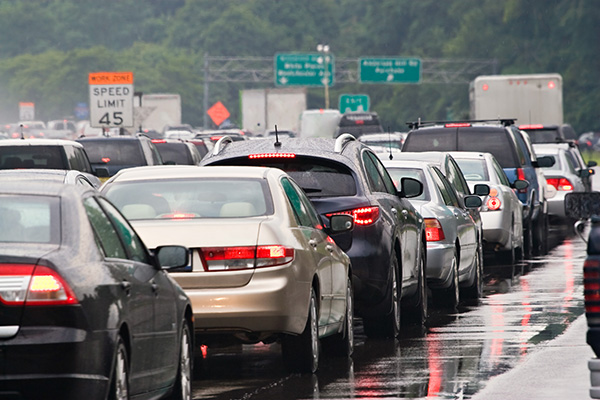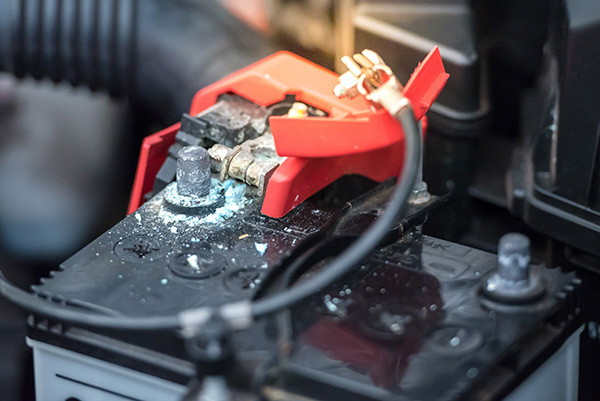Posted on 11/28/2025

When engine mounts get tired, normal vibration and movement stop being filtered out and start making their way into the cabin. The change can be subtle at first, then grow into shakes, thumps, and odd noises that make the car feel older than it is. Here are five clear signs the mounts are past their best, why they happen, and what to do next. 1) Stronger Vibration at Idle A smooth idle should feel calm through the seat and steering wheel. If you notice a low buzz in Drive at a stoplight that eases when you shift to Neutral, one or more mounts may not be isolating engine pulses anymore. Rubber hardens with age, and fluid-filled mounts can leak and collapse, so the engine’s natural vibration passes through the subframe and into the cabin. Because idle has fewer firing events per second, small problems are easier to feel there first. 2) Thump or Clunk When Shifting Into Gear A sharp knock as the transmission engages from Park to Drive or Reverse ... read more
Posted on 10/31/2025

If you drive anywhere along the I-5 corridor in Washington, you already know how stressful it can get. Whether you're heading toward Seattle during the morning rush or sitting through backups on your way home to Covington, traffic congestion is a frustrating part of daily life. But staying calm isn’t just better for your mental health, it also helps you drive more safely and prevents added wear on your vehicle. Here’s how to manage stress during long commutes and make sure your car stays in top shape, even when you’re stuck in stop-and-go conditions. 1. Give Yourself Extra Time Whenever Possible Nothing increases driving anxiety faster than running late. If you know you’ll be driving during peak traffic hours, try building a time buffer into your schedule. Leaving just 10 or 15 minutes earlier can help you avoid the heaviest congestion and give you peace of mind when things slow down. Use a navigation app to check traffic before you leave ... read more
Posted on 9/26/2025

Your car battery does more than just start the engine. It powers essential systems like lights, the radio, climate control, and various electronic modules. Over time, even a good battery can begin to lose strength, and poor connections at the terminals can make things worse. That’s why replacing your battery and cleaning the terminals at the same time is one of the smartest ways to keep your vehicle reliable. Many drivers focus only on the battery itself and overlook the cables and connections. But without a strong, clean connection, even a brand-new battery may not perform as it should. Let’s look at how these two tasks work together and why doing them at the same time is better than handling them separately. The Role of Battery Terminals Battery terminals are the metal posts or pads where the battery cables connect. These serve as the transfer point for electricity between the battery and the rest of the vehicle. Over time, terminals can become coated ... read more
Posted on 8/29/2025
%20copy.jpg)
Your vehicle’s oxygen (O2) sensor may be small, but it plays a big role in keeping your engine running efficiently. Located in the exhaust system, the oxygen sensor measures the amount of oxygen in the exhaust gases and sends that information to the engine control module (ECM). The ECM uses this data to adjust the air-fuel mixture for optimal performance, fuel efficiency, and emissions control. When the oxygen sensor begins to fail, it can cause a range of issues that impact your vehicle’s drivability, fuel economy, and emissions. Knowing the warning signs can help you catch the issue early and avoid costly repairs. Check Engine Light Illumination One of the most common indicators of a bad oxygen sensor is the check engine light. Because the oxygen sensor is vital to the engine’s fuel management system, the ECM will detect when it is not providing accurate readings and trigger the warning light. While the check engine light can come on for many re ... read more
Posted on 7/25/2025

When your car is running smoothly, it's easy to take for granted just how many components are working together to get you where you need to go. Regular maintenance, including tune-ups, is essential to keep your vehicle reliable, efficient, and safe. However, with modern vehicles becoming increasingly complex and “tune-ups” sounding like an outdated term, many drivers wonder: How do I know when my car needs a tune-up? What Is a Tune-Up Traditionally, a tune-up involved replacing spark plugs, adjusting the carburetor, and fine-tuning various mechanical parts. While carburetors are a thing of the past, the concept of a tune-up still exists, it just looks a bit different today. Modern tune-ups generally focus on inspecting and replacing wear items that impact your engine’s performance and fuel efficiency. These may include spark plugs, ignition coils, air and fuel filters, and other components depending on your vehicle’s design. Sign ... read more